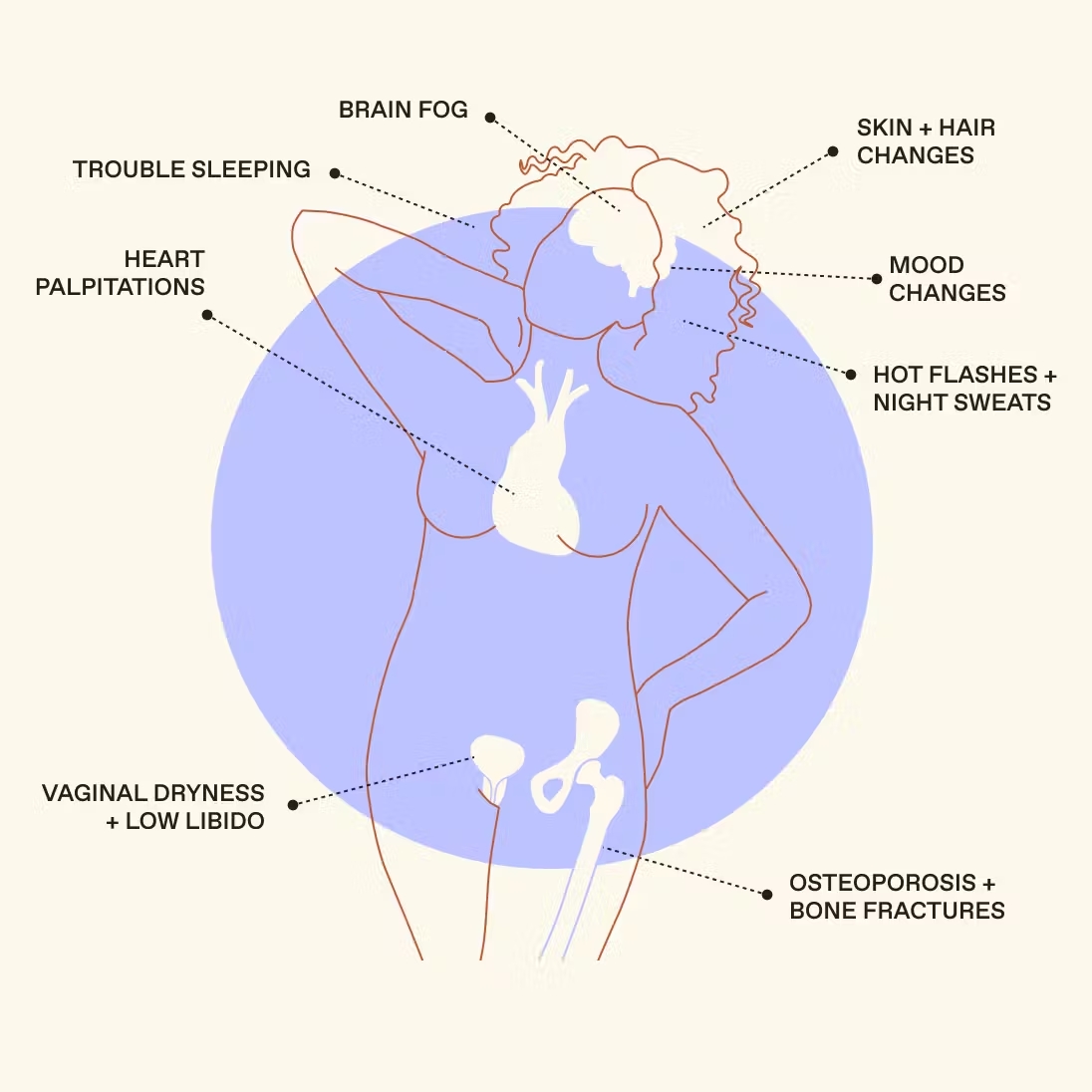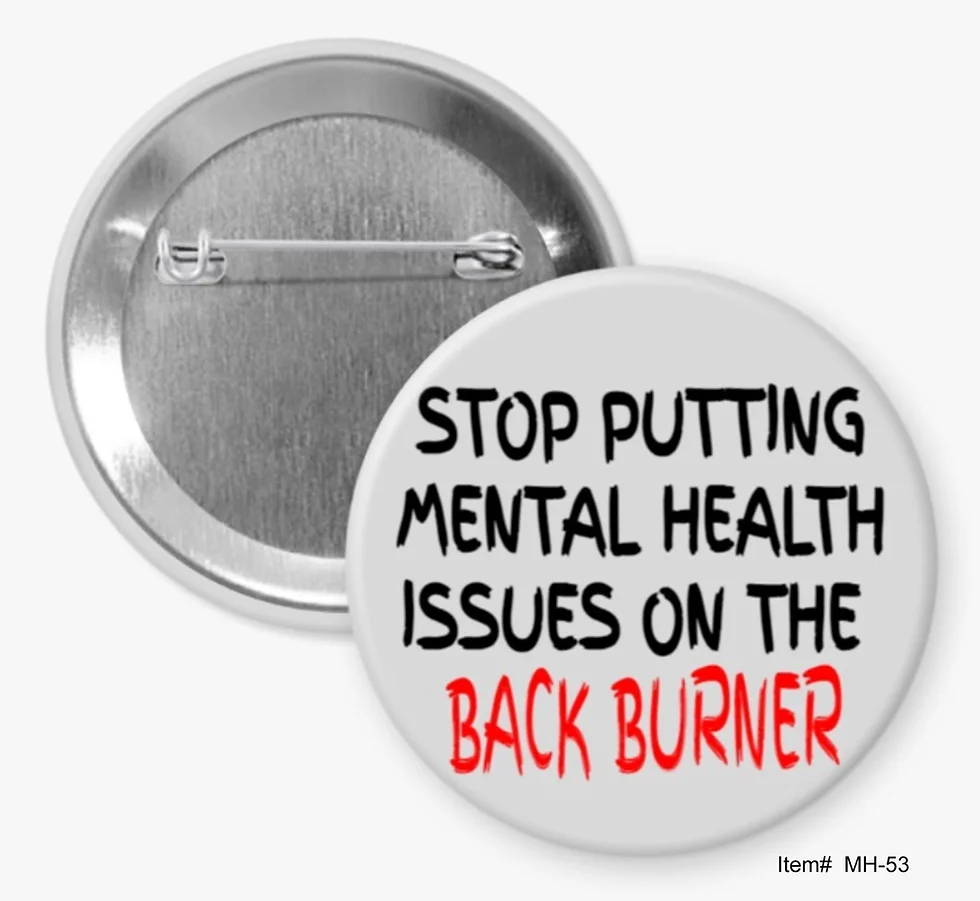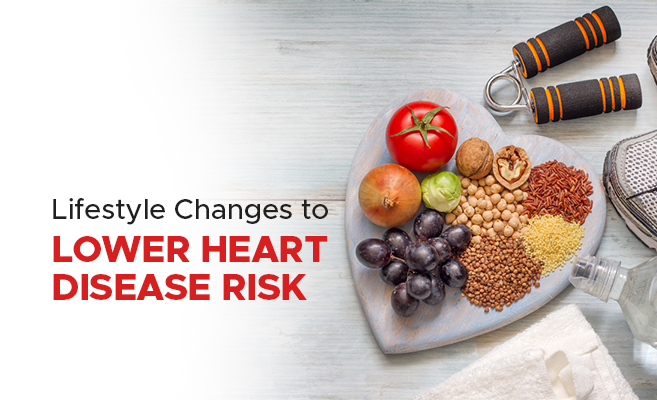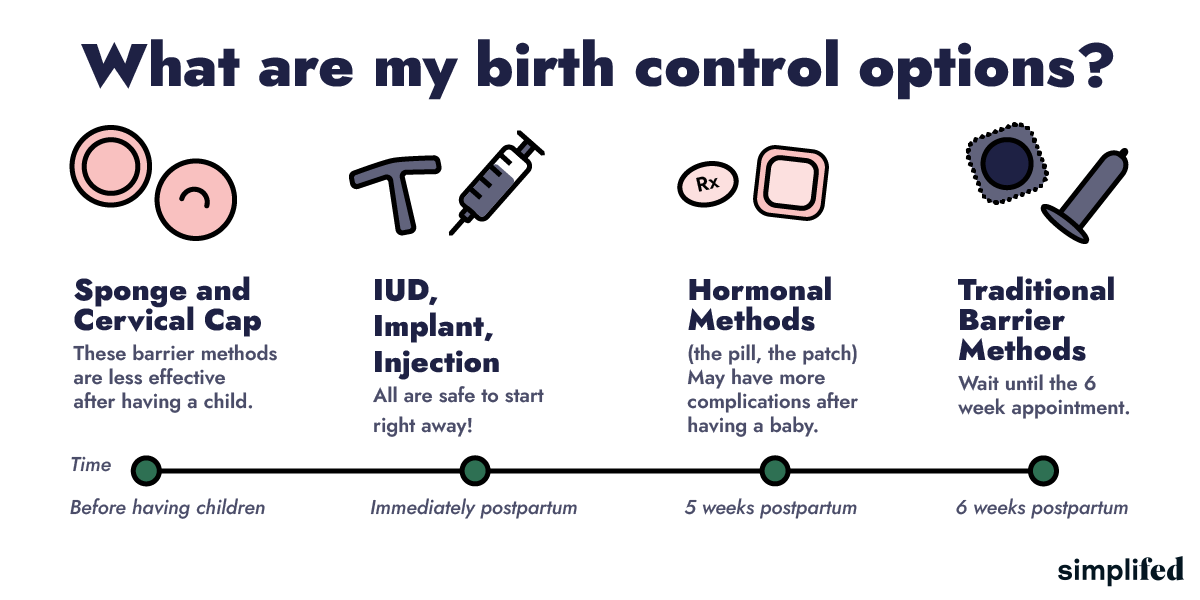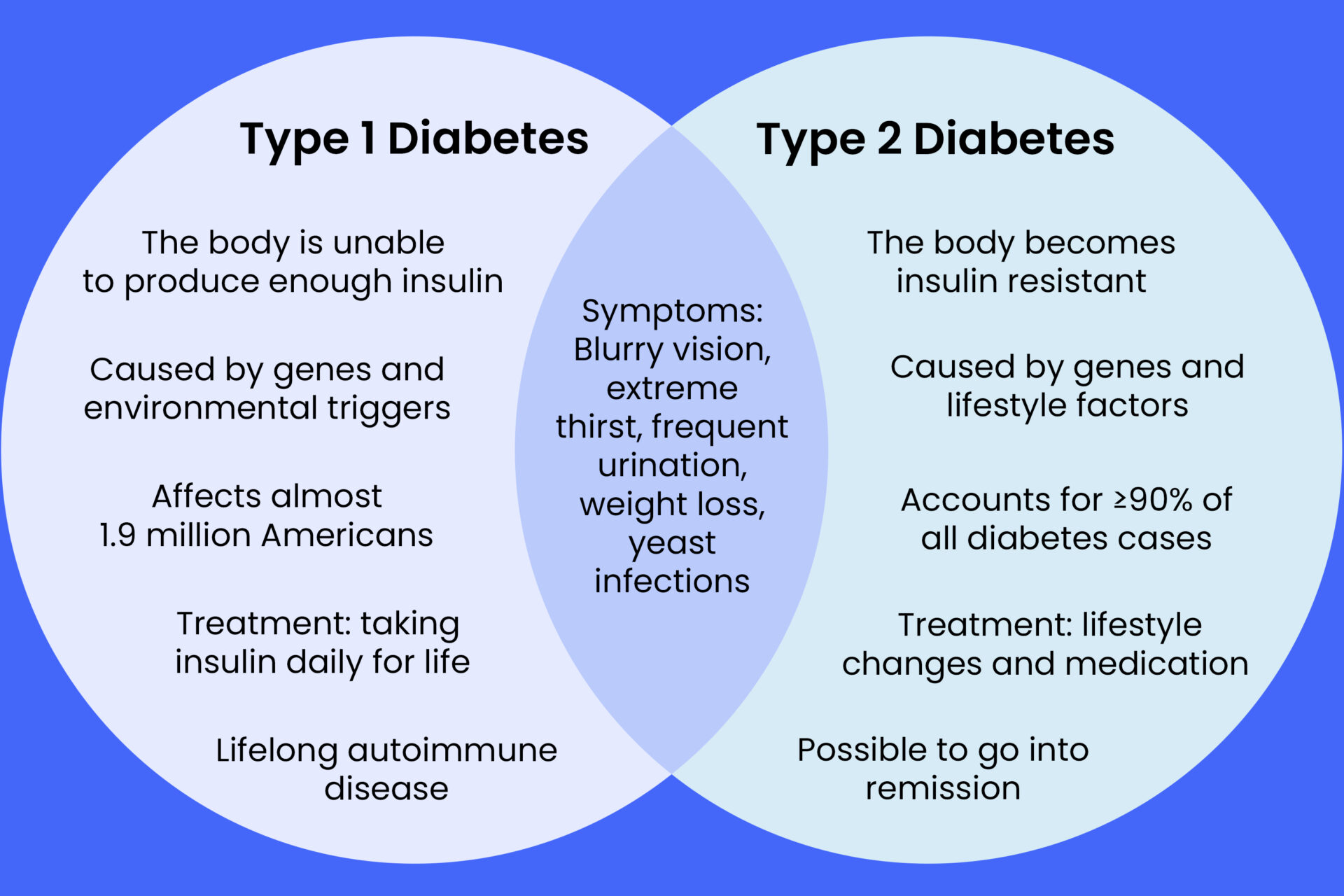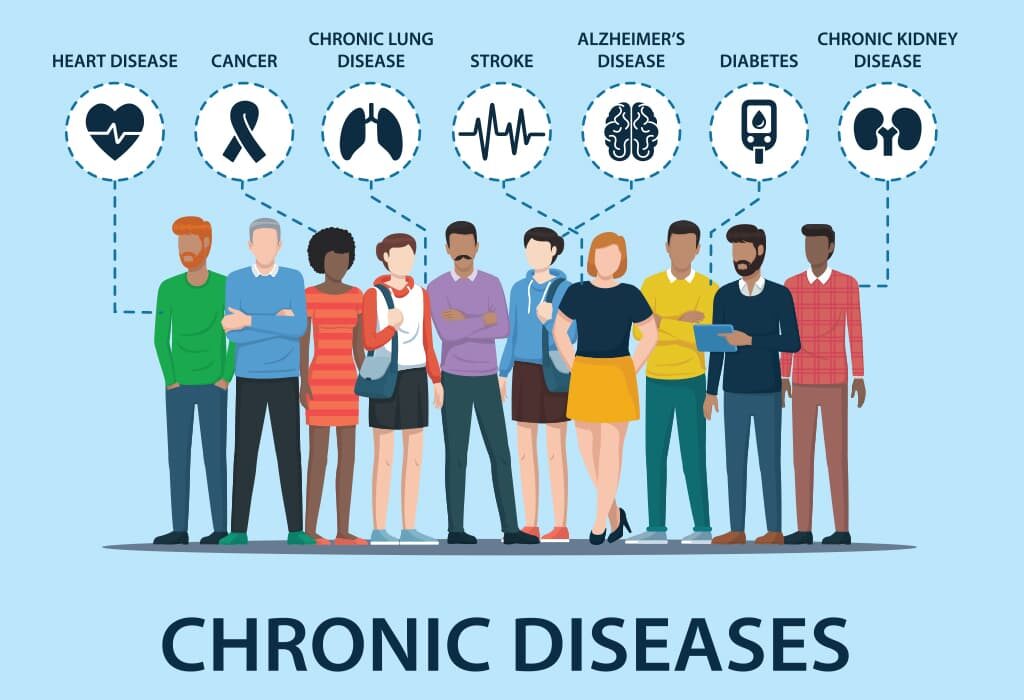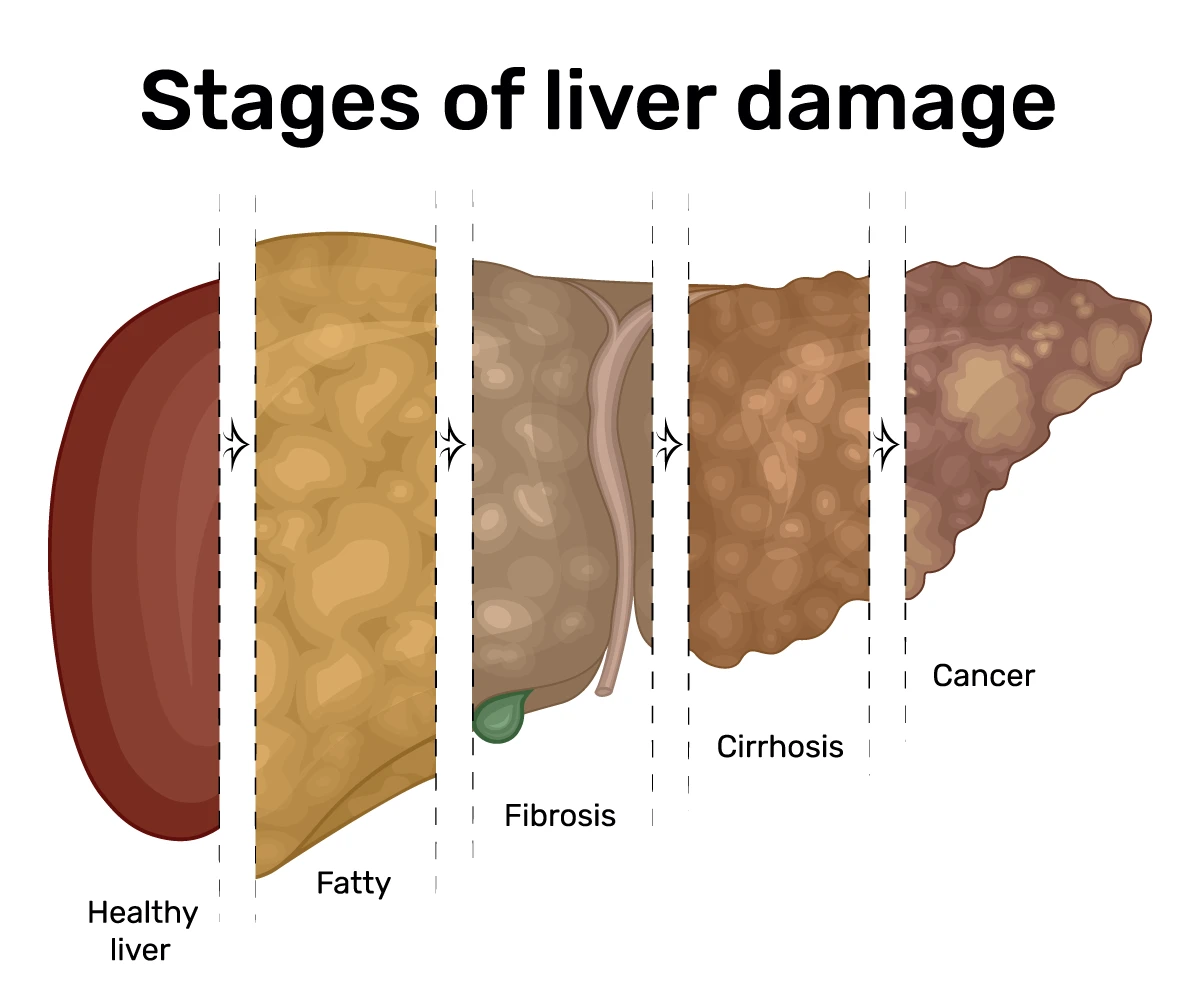Blog
Do Mind-Body Interventions Work for Menopause Symptoms?
Menopause is a natural phase in a woman's life, but it often comes with a host of uncomfortable symptoms like hot flashes, ni...
The Surprising Link Between Oral Health and Cardiovascular Disease
When you think about heart health, you might envision a diet rich in vegetables and whole grains, regular exercise, and perha...
How to Get Vitamin D Without Risking Excessive Sun Exposure
Getting Enough Vitamin D Without Too Much Sun Exposure
Ensuring you get enough vitamin D is crucial for maintaining strong...
Prioritizing Mental Health: Why It Matters and How to Do It
In today's fast-paced world, it's easy to get caught up in the daily grind and neglect one of the most important aspects of o...
Understanding Cardiovascular Disease
Cardiovascular disease (CVD) is one of the most significant health challenges worldwide, affecting millions of lives each yea...
Breastfeeding and Birth Control: Finding the Right Balance
Breastfeeding is a beautiful journey, but it also comes with its own set of challenges, one of which is managing birth contro...
Diabetes: Type 1, Type 2, and Gestational Diabetes and the Importance of Patient Education
Introduction
Diabetes is a chronic condition that disrupts how the body processes blood sugar (glucose), leading to variou...
Major Health Conditions: Strategies for Management, Prevention, and Treatment
Health conditions significantly impact individuals and communities, demanding effective strategies for management, prevention...
The Importance of Supplements in Health
In today’s fast-paced world, maintaining optimal health can be challenging. While a balanced diet is the cornerstone of good ...
Understanding Liver Conditions: Causes and Precautions
The liver is an important organ that performs several key tasks, such as protein synthesis, detoxification, and the creation ...



